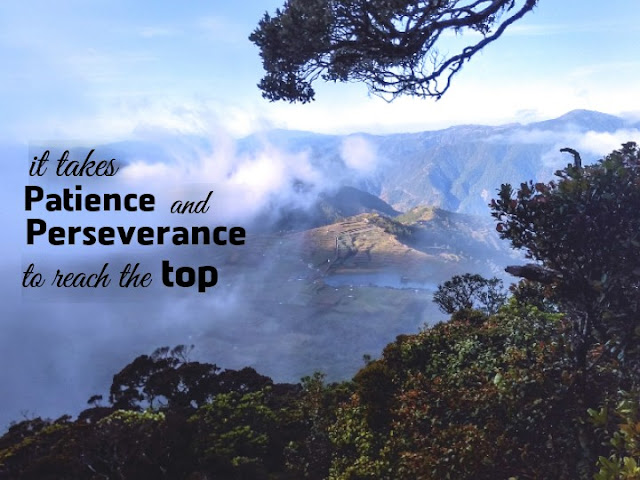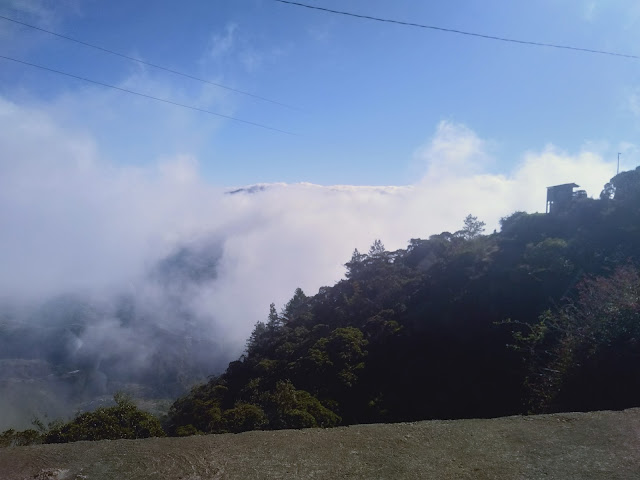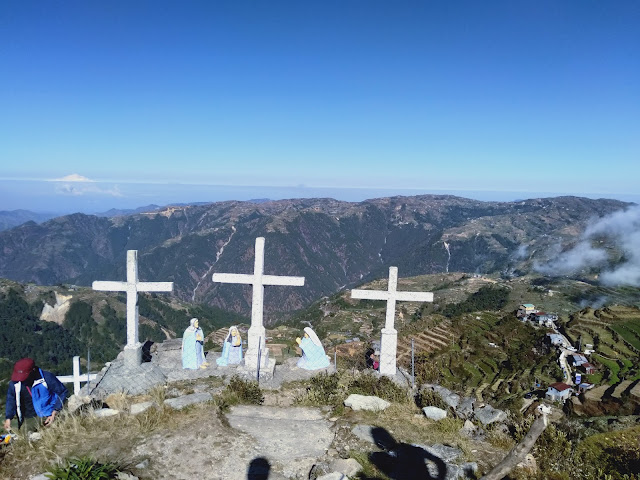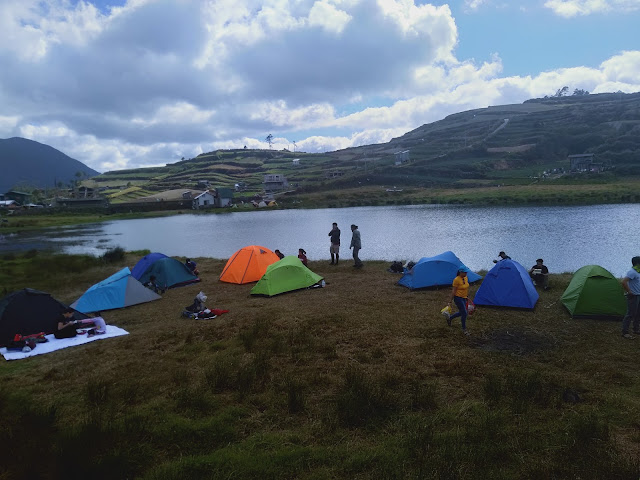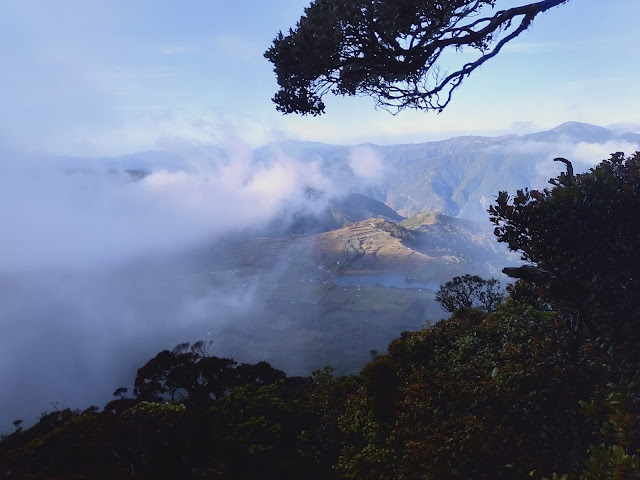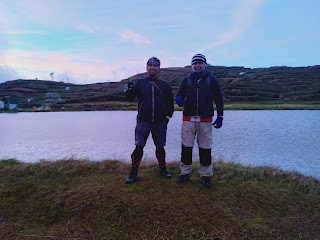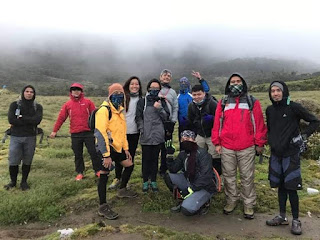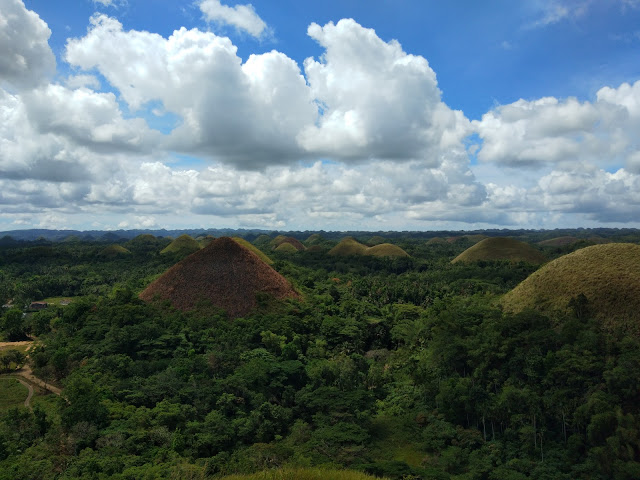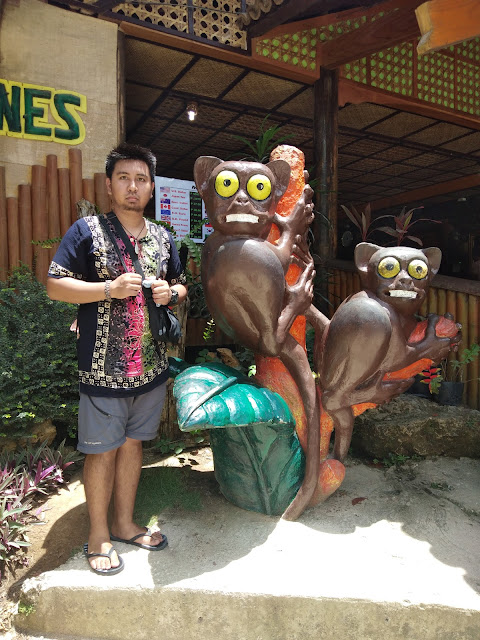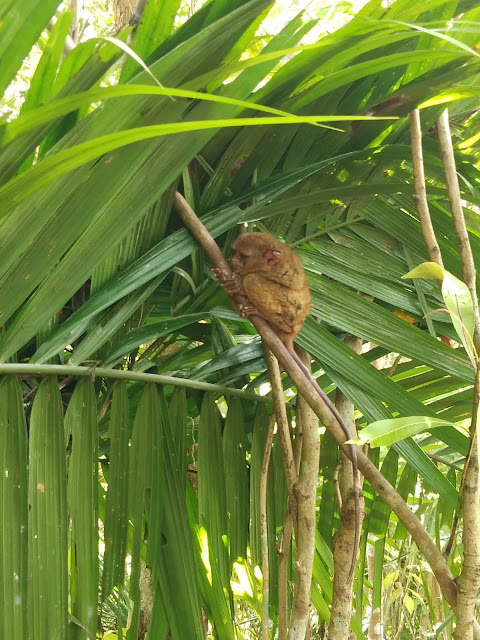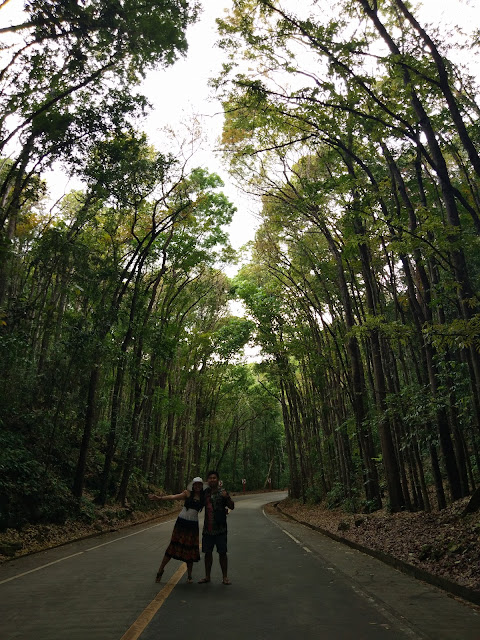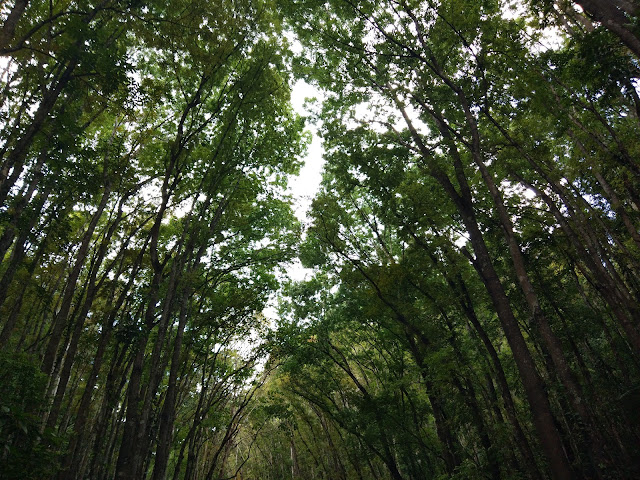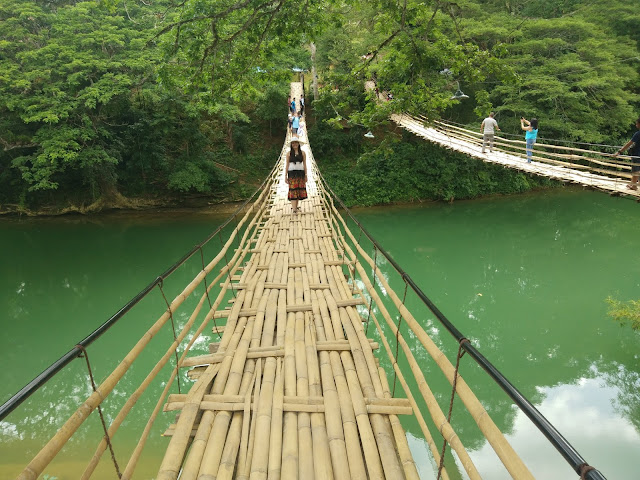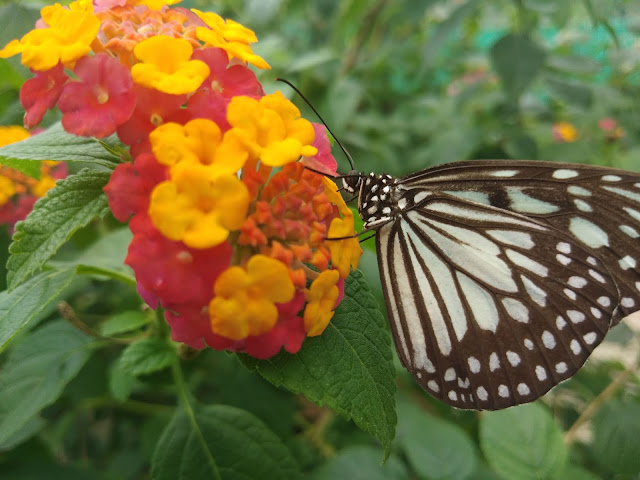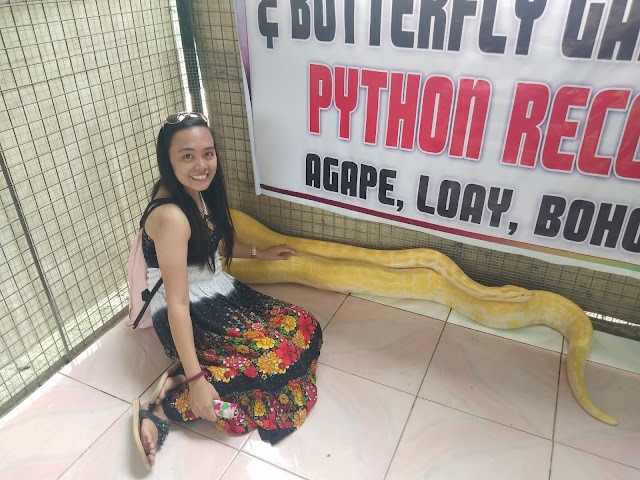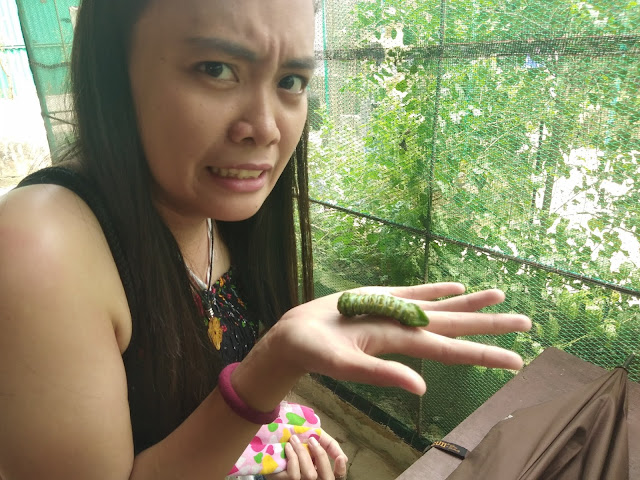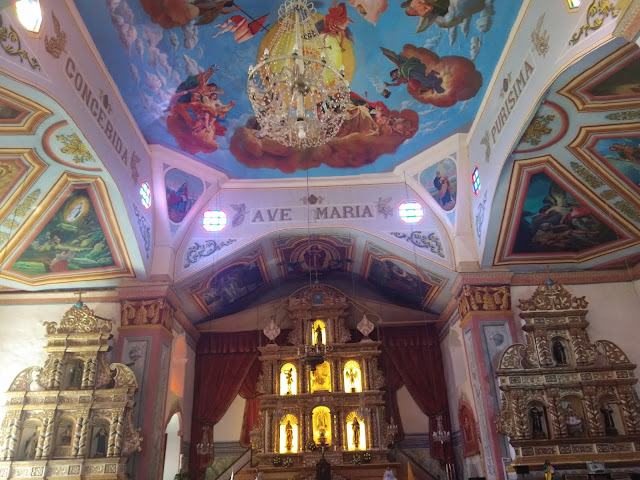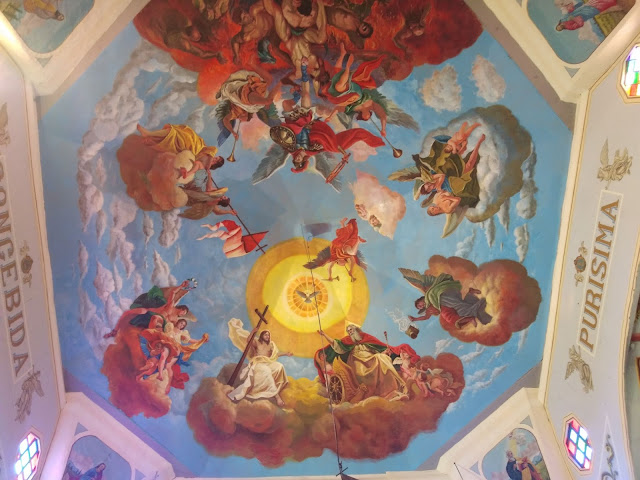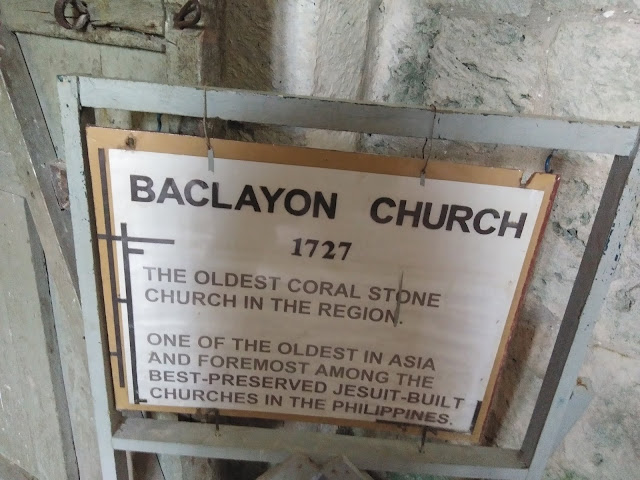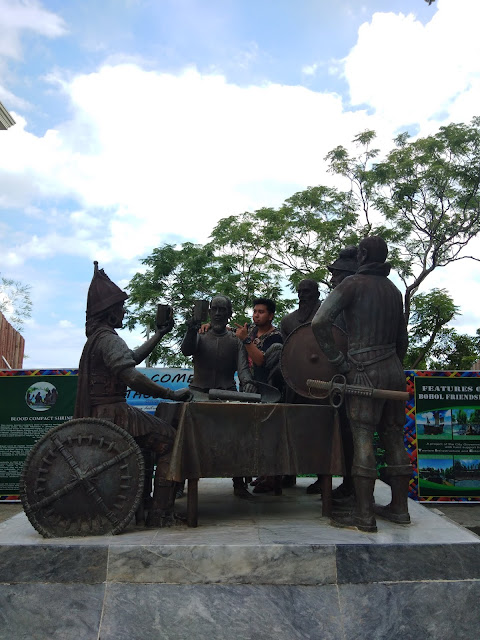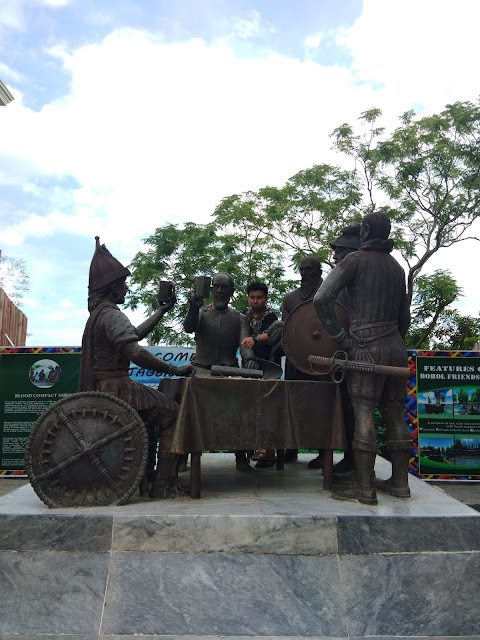Just when you thought you had enough of Cordillera, another majestic destination will catch your attention and suck you right back in.
If we talk about Mt. Pulag National Park, the obvious mountain that pops to everyone's mind is Mt. Pulag. Well, what if I tell you that there are other mountains within the conservation area that you can climb?
Let me introduce you to Mt. Timbac and Mt. Tabayoc.
The two mountains are usually eclipsed by the more popular Mt. Pulag, but do not commit the same mistakes of others who chose to pass up these two mountains.
Here is a complete Travel guide for your Timbac-Tabayoc climb.
Fast Facts
Mt. Timbac
Height? 2717 MASL according to Pinoymountaineer.com, 3rd highest in island of Luzon, 9th in the entire Philippines
Trail Difficulty? 2/9
Jump-off? KM 55, Atok, Benguet
Roped Segment? None
Guide? None
Mt. Tabayoc
Height? 2842 MASL according to Pinoymountaineer.com, 2nd highest in island of Luzon, 7th in the entire Philippines
Trail Difficulty? 6/9, Major
Jump-off? Brgy. Ballay, Kabayan Benguet
Guide? Available and required
Beginner friendly? Beginners with decent physical condition
How to go there
Via Public Transportation
How to go to Mt. Timbac
1. First, go to Baguio. then from Baguio City, ride a taxi or a cab to Slaughterhouse Terminal.
2. Ride a bus going to Sagada. Tell the conductor to drop you off at KM 55 Marker
3. From the KM 55 Marker, you'll have walk along a concrete road for 30 - 40 minutes before you reach foot of the mountain.
From Mt. Timbac to Mt. Tabayoc
After descending Mt. Timbac, head directly to the main highway and wait for a bus heading to Kabayan. Upon riding the bus, tell the conductor to drop you off Ballay, Kabayan.
Important Note: Public transportation is not around the clock. The last van and bus leave the Slaughterhouse Terminal before lunch. It'll be much more practical to charter a van or join a group of other like-minded individuals so you'll save more money.
Tale of the Trail
The climbed happened last January 26-27, organized by Sir Mac Vallano of Be One with Kalikasan Travel Group. There are 25 participants, coming from different walks of life.The sun was already rising when we finally reached Atok, Benguet. The scene on the road was just mesmerising but at the same time vertigo-inducing especially when you realized how fast you're going, on a twisting road without any concrete barriers. (Yikes!) But as the saying goes, the most beautiful views are always hidden away in difficult places.
The road just keeps going higher and higher and a bit more dangerous as the van tries to take us to the jump-off of Mt. Timbak. However, we were not very fortunate since the van we were riding stopped midway on a steep slope so we have no choice but to continue on foot.
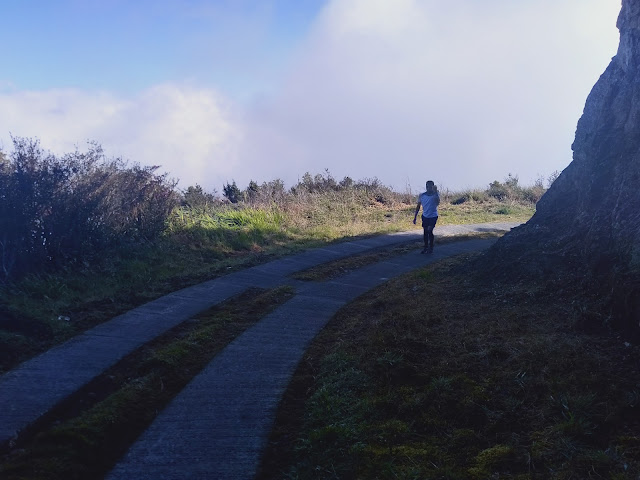 |
| Concrete road leading to Mt. Timbac JOP |
 |
| Mt. Timbac trail |
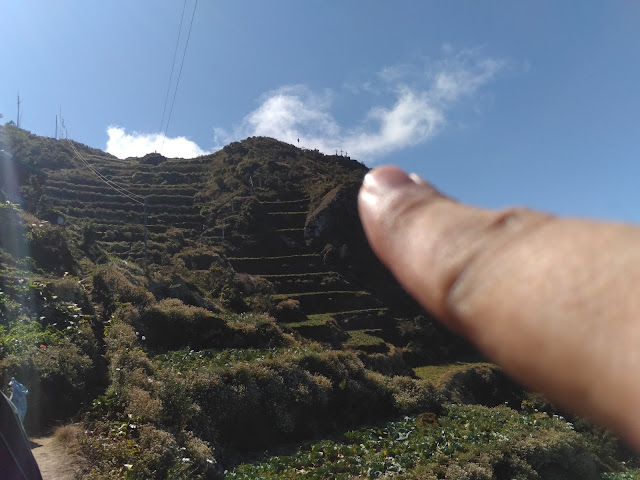 |
| The summit |
When we finally reached the summit, it was just breathtaking!
The summit is marked with three small crosses and an altar. Here, you'll have a vantage point of the majestic rice terraces of Benguet (not to be confused with the one found in Ifugao Province).
A short walk from the summit, you can reach another viewpoint facing east. Personally, I found this vantage point more spectacular than the actual summit.
 |
| Mt. Tabayoc on the left, Mt. Pulag on the right |
From this side, you can see the distant Mt. Pulag and Mt. Tabayoc, both shrouded in thick morning fog. The sun rays were hot but the cold breeze touching our bodies kept us comfortable as we stayed and watch the beauty of Cordillera unfolded in front of our eyes.
The sun was almost at its peak when we decided to descent. The trek down was so much easier. We made our way back to the van in less than fifteen minutes.
You'll know that you are nearing your destination if you notice the road becoming steeper and steeper. And guess what? There are no protective barriers on either of the side of the road! Truly you can say that the adventure really do starts at the ride. Hahaha!
Anyway, the road eventually became flatter and a bit downhill. That's the time where you will see the Lake Tabeo and the campsite.
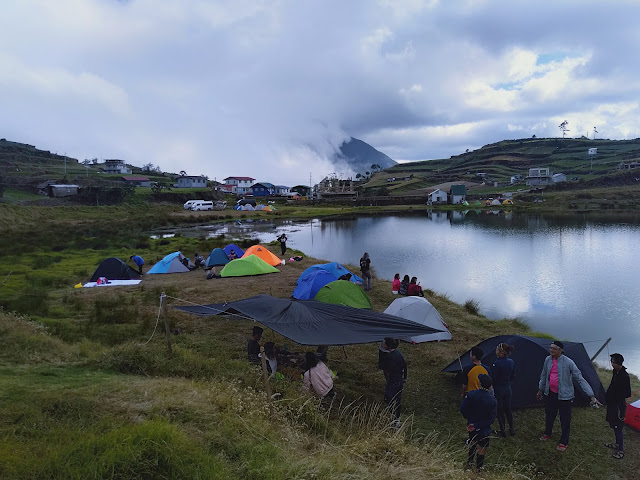 |
| Campsite at Lake Tabeo |
After pitching tents and establishing our camp, we finally brought out something that we had been all waiting for. The lechon! Kudos to Sir Mac Vallano and the Be One with Kalikasan Team, they have a habit of bringing lechon in their organized climb. Hahahaha!
Upon arrival, you have two choices: either you stay at the camp for rest, or explore the mystic lakes of Kabayan, Benguet. We were late so we no longer had the luxury of time to explore all of them. Half of us opted to visit Lake Ambulalacao while the rest stayed to prepare dinner.
 |
| Road leading to Lake Ambulalacao |
 |
| Birdbox Feels |
The weather had not been so kind to us. The lake was shrouded in mist, making it look like a scene from the film "Birdbox". Swimming in the lake is prohibited due to the fact that the soil surrounding and under it had a consistency of a quicksand making it dangerous for any swimmers.
We stayed on the lakeside for few more minutes before we head back to the camp.
A bountiful dinner follows and socials until 10PM. Take note that there is a policy that all camp activities must cease by 10 PM.
Next Day: Mt. Tabayoc
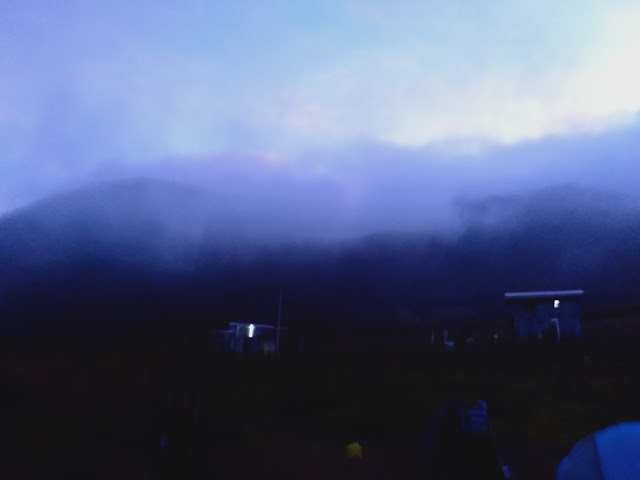 |
| Cold morning on Lake Tabeo |
The biting cold was all round us, making the threat of hypothermia all the more menacing. Sir Mac Vallano made a few rounds in the camp, telling everyone to move otherwise they may get hypothermia.
We lied down inside our tent, waiting for the sunrise. The sun rose, with all its majesty, at around 6 AM.
 |
| Preparing to climb |
The first few minutes of the climb cuts through vegetable gardens. It'll take you about 15 - 20 minutes before you reach the primeval mossy forest of Mt. Tabayoc.
After traversing the flatland, brace yourself for a continuous assault through thick mossy forest. Pair of gloves will be useful since you'll have to hold on to branches to maintain your balance. Flat areas will be almost non-existent.
The only flat areas I can think of are the view deck, about 1.5 hour from the start of the climb, and the summit.
The trail of Mt. Tabayoc was known to be the "monkey trail" since you'll have to hold and hang on to the branches while managing your way through.
Watch out for thorny vines. The last thing you'll want is a spiked hand, eh? An hour and a half later, the team finally reached the view deck.
After the stop, we soldiered to the summit. The mossy forest just became thicker and a bit more technical. You'll have to bend your body and crawl your way up to some parts of the trail. There are also some parts where the angle of incline is about 80 degrees. Add to that the damp and the mud, and you have a complete recipe for a difficult climb.
After almost two hours, we finally reached the summit at around 10AM.
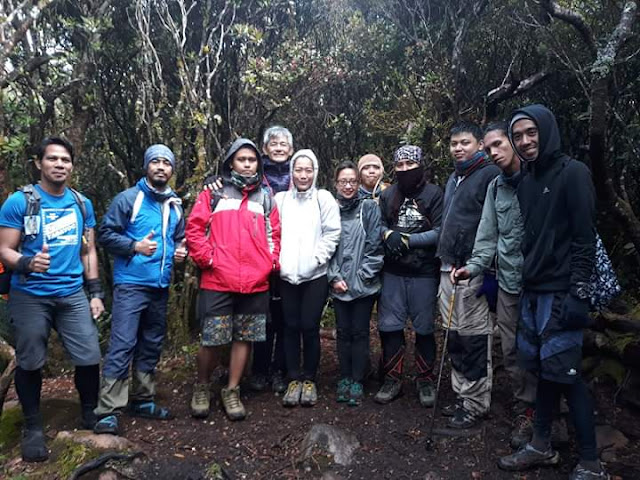 |
| The summiteers |
Unfortunately, the platform during our climb was destroyed by a storm, months before, and the locals find it difficult to repair it. The platform was in great disrepair, so only two people can climb; you and the guide to take your photo. many of the steps were unstable so I was not too keen in staying atop the structure for more than a minute (thus my blurry summit photo).
 |
| Pardon my blurry shot |
Good thing for us, Sir Ramlie brought a stove and coffee, and poof! Coffee time at the summit, yeah!
 |
| Sir Ramlie, the coffee guardian: Photo credit to Camille |
While waiting, half of the summiteers decided to descent (me included) while the other half stayed for their summit photo. Many of us were eager to reach the campsite fast.
The trail of Mt. Tabayoc, unlike other popular mountains, were not trodden down and with lots of forked paths. It is easy to miss the right turn so be attentive to signs of foot traffic like disturbed foliage or shoe prints.
We finally reached the campsite just a few minutes after 12 noon. Thank God for the people we left behind at the campsite. They prepared a sumptuous lunch which I think is one of the best meals I had in a climb.
The second group finally reunited with the main group at around 1:30 PM. We dilly dallied at the campsite until 4:30 PM before we started our journey back to Manila.
As the van slowly picking up speed, I looked back on the mountains, the lakes and the people living on its slope. Everything seems so peaceful and timeless. Now I know why the mountains call on to the human spirit to return to nature.
My thoughts were cut-off by the sound of the engine , and on we went, back to the bustles and hustles of city life.
Don't go where most people tell you to go. Instead go to unknown places and invite them to come with you
-Adrian C. Villaflor, February 2019
Things to Remember
1. Follow the LNT Principle. If you're not familiar with it, then do your research you big baby! No one should be allowed entry to any mountains if they don't know the LNT Principle.2. Mt. Timbak is a minor climb but Mt. Tabayoc is a major one. Plan your climb accordingly.
3. The cold can be a major concern. If ever you feel you'll slip into hypothermia, its better to move and walk around instead of just hunkering inside your tent. Inform the people nearest to you in dire situation.
4. A pair of gloves is a must-have for this climb.
5. Arrive early in the campsite if you want to visit all the four mystic lakes of Kabayan, Benguet
6. You can bring a little bit more items for this climb since you'll not be carrying your backpack up the mountain. Campsite is just a walking distance from the parking lot.
7. Bring only what is necessary for the summit assault.
Gallery
